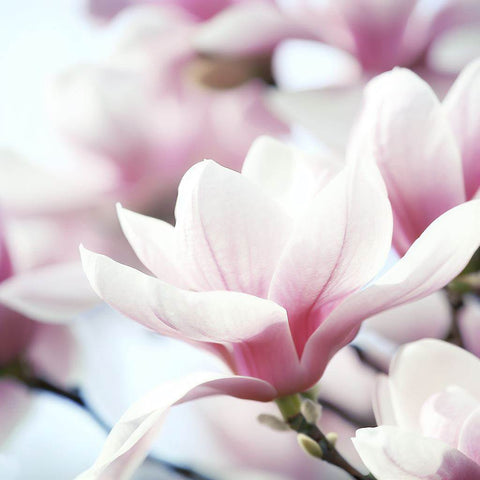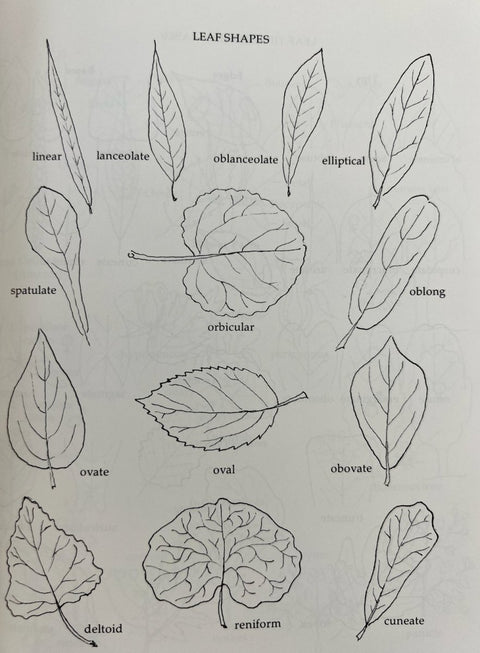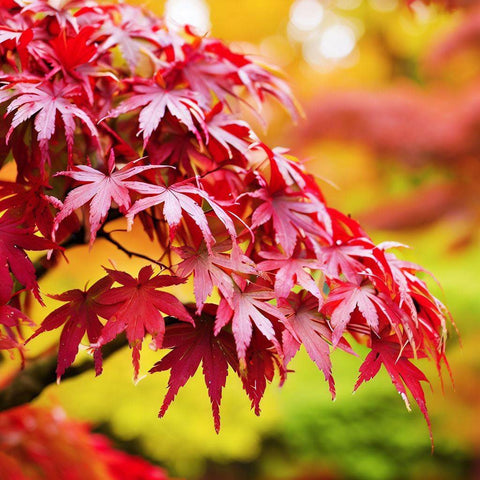Magnolia flowers, maximizing your blooms

Ever gazed upon a magnolia tree in full bloom and wished for a similar burst of blooms in your garden? Well, unlocking a 'bloom boom' isn't just a whimsical wish. With the right care and techniques, you can significantly boost the flower output of your Magnolia tree, turning your garden into a whimsical floral paradise. Let's dive into some tried-and-true tips to maximize your tree's blooming potential.
The Right Spot:
Your Magnolia tree’s spot in the garden isn’t just a matter of aesthetics; it's about giving it the perfect stage to perform. Plant your tree in a sun-kissed spot with well-draining soil to ensure it has the essentials for a stellar bloom performance.
Pruning with Purpose:
Pruning is not about snipping away aimlessly; it’s about guiding your tree. Corrective pruning, done right after the blooming season, helps in removing dead or diseased wood and shaping the tree, which in turn encourages new growth and more blooms for the next season.
Fertilize, but Not Frenziedly:
Magnolias don’t require a lot of fertilization, but a balanced slow-release fertilizer applied in spring can provide the necessary nutrients to support flowering. Remember, over-fertilization can lead to lush foliage at the expense of blooms.
Mulch Much:
Mulching helps in maintaining soil moisture, moderating soil temperature, and reducing competition from grass and weeds. A good layer of organic mulch can create a conducive environment for your magnolia to flourish.
Water Wisely:
Magnolias love a good drink, especially during dry spells. Ensure your tree gets deep watering at least once a week, but avoid waterlogging the soil.
Pest and Disease Patrol:
Regular inspections for pests and diseases, and prompt treatment when needed, will keep your tree healthy and ready to bloom abundantly.
Patience Pays:
Magnolias are not a rush; they're a slow, graceful dance. Some Magnolia trees take a few years to start blooming profusely. With patience and proper care, your magnolia tree will reward you with breathtaking blooms year after year.
A Blooming Companion:
Consider planting companions that do not compete but complement. Plants that fix nitrogen in the soil or attract beneficial insects could be great companions for your Magnolia tree.
These tips are your pathway to unlocking a bloom boom in your garden. So, why not start today? Tend to your Magnolia tree with these nurturing tips and wait for the garden magic to unfold. And as the blooms multiply, don’t forget to step outside, breathe in the sweet fragrance of Magnolia flowers, and revel in the beauty you’ve nurtured.

The History of the Magnolia Tree
The magnolia tree has a fascinating backstory, its roots deeply embedded in history.
Ancient History
Did you know magnolia trees are amongst the oldest flowering plants? Fossil evidence indicates they've been around for over 100 million years. Pretty impressive, right? They even predate bees, relying on beetles for pollination.
Modern History
In modern times, magnolia trees have spread around the globe, adding beauty to many landscapes. Their popularity surged in the southern United States, where they became a symbol of the grace and beauty of the South.
Types of Magnolia Trees
There are numerous types of magnolia trees, each with its unique charm. Let's explore a few of them, shall we?
Southern Magnolia

The Southern Magnolia is a standout with its large, glossy leaves and fragrant, creamy-white flowers. It's like the grand dame of the magnolia family, stately and elegant.
Star Magnolia

Ever seen a star-studded sky? The Star Magnolia, with its white, star-shaped flowers, is like a constellation in your backyard.
Saucer Magnolia

The Saucer Magnolia, with its large, saucer-like flowers, is a sight to behold. Its blooms are a spectacle in shades of pink, white, and purple. Imagine having a tea party underneath it!
How to Plant a Magnolia Tree
Choosing the Location
First things first, location is key. Magnolia trees love sun-drenched spots with well-draining soil. Remember, they need room to spread out and grow, so choose a location with ample space.
Planting Procedure
Planting a magnolia tree is a fairly simple process. Dig a hole twice as wide and just as deep as the root ball, place the tree, backfill with soil, water thoroughly, and voila! You've planted a magnolia tree.
Caring for Your Magnolia Tree
Caring for a magnolia tree requires a few key steps to ensure its healthy growth.
Watering
Magnolias need a good drink, but they don't like to sit in water. Water deeply once a week during dry spells and less often in rainy periods. It's like the Goldilocks principle – not too much, not too little, but just right!
Pruning
Pruning your magnolia tree is an art. The best time to prune is after the blooming season. Get rid of dead or diseased branches, and remember, a little snip goes a long way.
Disease and Pest Control
Magnolias are quite resilient but can occasionally be bothered by pests and diseases. Regular inspection helps catch any problems early.
The Significance of the Magnolia Tree
Apart from their stunning beauty, magnolia trees have held cultural and medicinal significance over centuries. The Southern magnolia, being the state flower of Mississippi and Louisiana, symbolizes the South's resilience. In traditional medicine, different parts of this tree have been used to treat a variety of ailments. Who knew, right?
FAQs
1. How tall can a magnolia tree grow?
Most magnolia trees grow to about 20-25 feet tall, but some varieties, like the Southern Magnolia, can reach up to 80 feet!
2. When is the best time to plant a magnolia tree?
Spring or early fall is generally the best time to plant a magnolia tree. Avoid planting in summer when high temperatures can stress the tree.
3. How fast do magnolia trees grow?
Magnolias are moderate growers. On average, they grow 1 to 2 feet per year. But remember, patience is key when it comes to gardening.
4. What's the lifespan of a magnolia tree?
With proper care, a magnolia tree can live for 80 to 100 years or more. Now that's what we call standing the test of time!
5. Are magnolia trees evergreen or deciduous?
Depends on the variety. Some, like the Southern Magnolia, are evergreen, while others, like the Saucer Magnolia, are deciduous.






























Comments (0)
There are no comments for this article. Be the first one to leave a message!